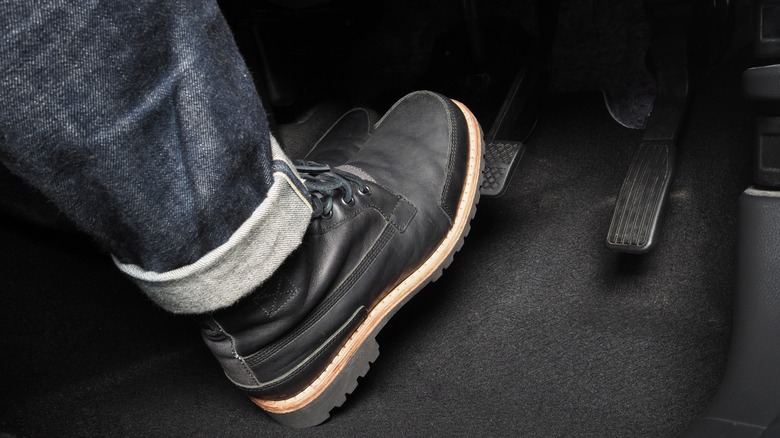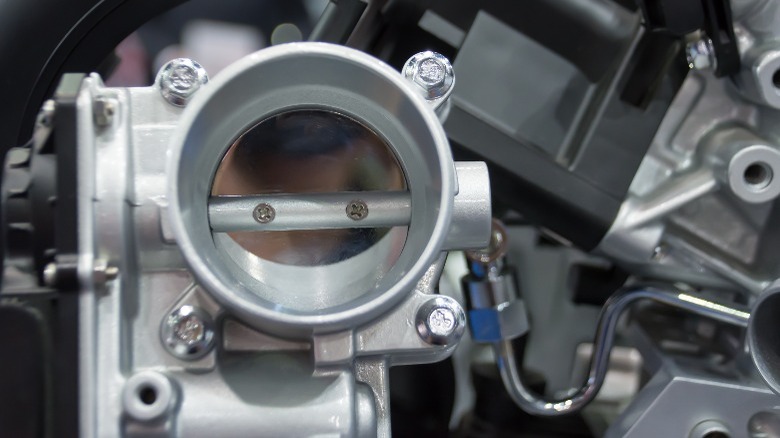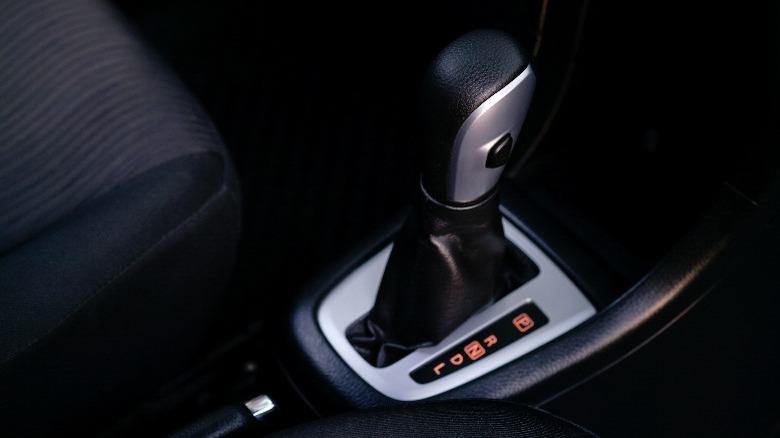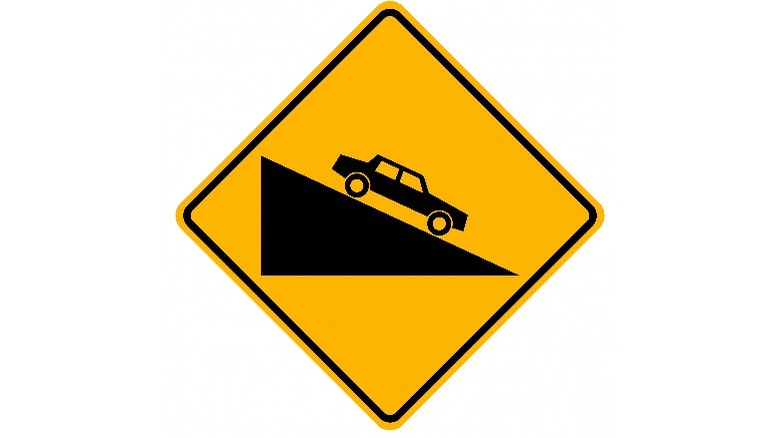Engine Braking 101: How To Preserve Your Car's Brake Pads With An Automatic Transmission
Did you know that you could slow down your automatic car by simply shifting gears? Besides the regular foot brake and the emergency (or hand) brake, engine braking is another way to limit your car's speed. It's a frequently overlooked driving strategy that manual transmission drivers may be more familiar with, but it also applies to automatic vehicles.
Engine braking utilizes a car's complicated transmission system, but luckily, it's a relatively easy thing to use from the driver's perspective. All you have to do is use your gear shifter to put your car in any of the lower gears available. Doing this lowers the load you place on the vehicle's brake system and improves vehicle control.
However, you must first understand how it works before you do it. We'll explain why engine braking is effective and point out some bad driving habits novices who are new to this kind of driving are prone to making. Lastly, we'll highlight the best instances to use engine braking so you know the appropriate instances to use it.
What Exactly Is Engine Braking?
As the name implies, engine braking is when the engine offers some resistance to the wheels, thereby slowing down the car without external braking mechanisms. It first starts when you release the accelerator pedal. doing that closes the throttle valve and shuts off air entering the engine, causing a reduction in engine power output.
Because there's no air going into the engine, there will also be a low amount of combustion in the engine but still a lot of movement of the pistons in the combustion chamber (due to the kinetic energy of your driving). However, this movement without any air and power means that there is a vacuum within the intake manifold. This vacuum increases the engine's resistance against the piston's downward stroke.
The engine is connected to the transmission, which is joined to the wheels. As the RPM drops due to the vacuum and reduced power output, it affects the transmission and subsequently the wheels, causing them to slow down.
The link between the engine and the wheels via the transmission means that when the engine slows down, it also forces the wheels to slow down. This is because the transmission, being mechanically linked to the engine, transfers the engine's decreased rotational speed to the wheels. The effect is more pronounced in lower gears because the higher gear ratio provides more engine resistance for the same amount of wheel rotation.
How Do You Use Engine Braking on an Automatic Car?
While sawing through gears is the norm in a manual car, engine braking might be a little less obvious in an automatic car. That's due to the fact that many automatic drivers leave their cars in Drive (D) and perform most of their driving while in that mode. However, manufacturers build automatic cars that can switch to a manual mode or lock the car in a lower gear.
So, if you want to use engine braking, you only have to release the accelerator and switch to a lower gear in your car. For most cars, you can move to a lower gear by pulling the gear shifter to the numbers after "D." If your car doesn't have any number, pull it to "L," which stands for low gear. Other cars might have paddle shifters behind the wheel you can use to change gears while in "manual mode."
The lower the gear, the more engine resistance will happen. But you must be careful while suddenly lowering your car's gears. Moving at really high speeds, then shifting to a really low gear, like gear one, can ruin your engine due to the high RPM demands you'll be putting on it. High revving is one of the fundamental bad habits that will ruin your engine.
When Should You Use Engine Braking?
Engine braking isn't as immediate and responsive as using the pedal brakes, and this braking method doesn't seek to replace it. Instead, the whole point of using engine braking is to avoid riding your brakes, causing them to wear out and fade under a lot of stress.
The best scenario for using engine braking would be when going downhill on a steep mountain or hill pass. If you leave your car in Drive while going downhill, you'll likely ride your brakes all the way to the end of the pass because gravity will force the car to go fast. Apart from the brake pad wear, this might also cause the pads to get too hot and trigger brake fade, where your brakes are no longer responsive.
This also applies while towing or carrying heavy loads. The extra weight will cause gravity and momentum to be less forgiving on your car and stress the brakes. Use engine braking to slow down the car while combining it with your regular brakes.
Another nugget is that engine braking can also be fuel efficient. Engine braking can lead to fuel cutoffs during deceleration, which means the engine consumes no fuel while it is slowing down the vehicle. This can slightly improve overall fuel efficiency during long trips with frequent deceleration phases.



